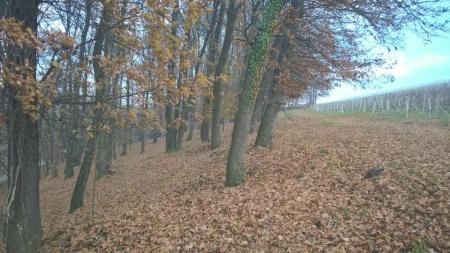
Objective:
|
City of Alba (Piedmont region, Italy) and the surrounding area, the Langhe and Roero are well known for wine production and some local gastronomic peculiarities, such as white truffle. Unfortunately, over the past 25 years, against a continuing increase in the value of farming products (grapes for wine and hazelnut for chocolate and sweet) and a consequent expansion of cultivated surface, there has been a 30% reduction in truffle-growing areas. “Save the Truffle” aims to promote alternative activities for recovering old truffle-beds and planting new truffle-generating plants. |
Context:
|
Truffle, especially the white one, constitutes one of the most outstanding and internationally recognized products of Piedmont and one of the main drivers of tourism for the territory. However, consumers know truffle as a valuable product, but most of them don’t know the life cycle behind this product and the strong link between truffles and territory of origin. "Save the Truffle" aims to present truffles with an alternative point of view, not based on the fresh truffle sale. |
Contacts:
| Carlo Marenda, info@savethetruffle.com ; carlomarenda@alice.it |
Further information:
| https://www.savethetruffle.com/en/ |
last access: 30/09/2019